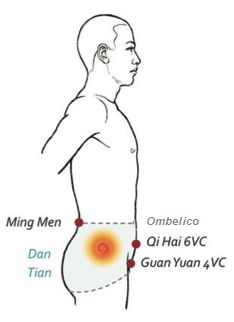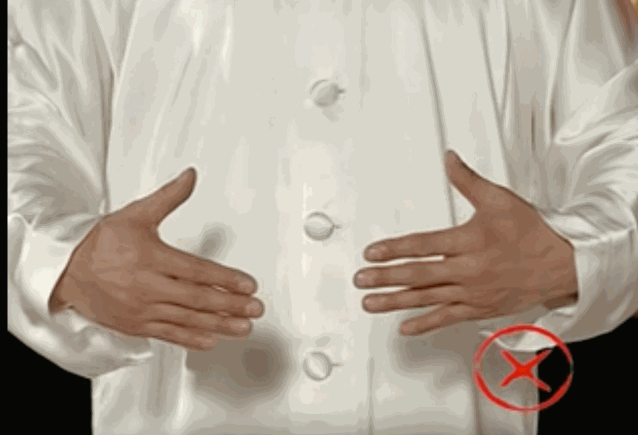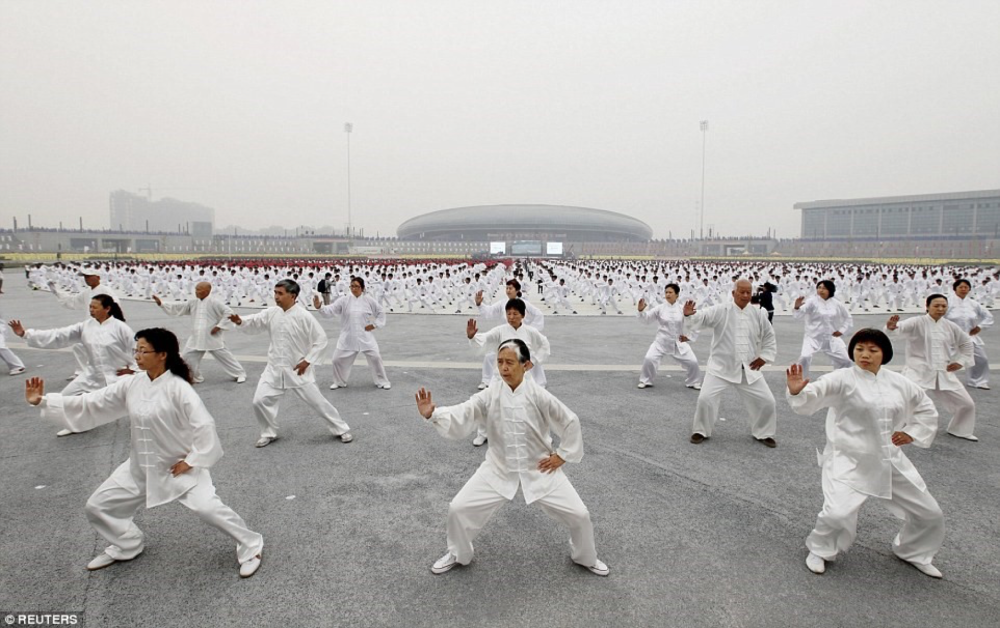Written by Gioia Zhang
Translated by Yuqing Yang
The Eighth Section:Stand on your Toes and stretch seven times to get rid of an Illness
This action can improve your calf strength and your ability to balance. The slight vibration caused by the heel lowering helps to relax and reset the muscles and relieve muscle tension.

This is a simple and easy action that can be done anywhere. First you should lift your heels, stretch your neck backwards and keep your head up, looking straight forward. After a slight pause, lower your heels back to the ground. You should feel a slight vibration. Repeat seven times.
While doing this exercise, you should keep your shoulders relaxed and do not shrug. When lifting, raise the heel as much as possible, and maintain your balance when you pause at the height of the lift.
Cool Down
The function of this movement is to help your Qi return to dan tian, to relax your muscles, and to calm your mind.

The cool-down can be divided into the following detailed steps:
- Rotate your palms so that they face backwards, lift your arms from the side of your body to hip-height;
- Bend your arms, placing your palms on your abdomen, the male should first place his left hand on the abdomen with the right hand on top of it, the female should put her right-hand underneath;
- Lower your arms back down to the side of your body.

During this cool down exercise, the Laogong Temples (acupuncture points in Chinese medicine) of the two palms were stacked on the Dan Tian (see the red dot on the diagram above) so that your body relaxes and you start to breathe from your Dan Tian. It is generally believed that the benefits behind lowering your Qi back to your Dan Tian (often referred to as your energy center) are based on meridian theory. It is believed that the human body’s Qi and Blood, which are distributed along the meridians, run into your internal organs and arrive at your limbs. The Dan Tian is located in the center of the meridians. It can regulate your Yin and Yang, help to ease communication between your heart and kidney (the functions of both affect the other in Chinese medicine), increase Qi and blood production, activate and improve the functionality of the eight extra meridians, restore physiological functions and promote body regeneration.
That concludes our introduction to the eight silken movements! I wish you well-being and happiness every day!
About Interact China
“A Social Enterprise in E-commerce Promoting Oriental Aesthetic Worldwide!”
Aileen & Norman co-founded Interact China in 2004 with specialization in fine Oriental Aesthetic products handmade by ethnic minorities & Han Chinese. Having direct partnerships with artisans, designers, craft masters and tailors, along with 13 years of solid experience in e-commerce via InteractChina.com, we are well positioned to bridge talented artisans in the East with the rest of the world, and directly bring you finely selected products that are of good quality and aesthetic taste.
So far we carry 3000+ goods covering Ladies Fashion via ChineseFashionStyle.com, Kungfu Fashion, Home Furnishings, Babies & Kids, Painting Arts, Textile Arts, Carving Arts, Tribal Jewelry Art, Wall Masks and Musical Instruments. Our team speak English, French, German, Spanish and Italian, and serve customers worldwide with passion and hearts.
P.S. We Need People with Similar Passion to Join Our Blogging Team!
If you have passion to write about Oriental Aesthetic in Fashion, Home Decor, Art & Crafts, Culture, Music, Books, and Charity, please contact us at bloggers@interactchina.com, we would love to hear from you!






















































